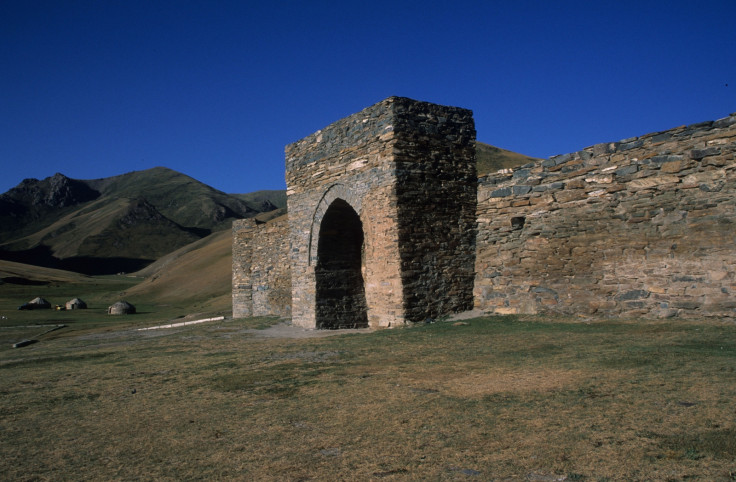Silk Road was shaped by ancient nomads and their herds 4,000 years ago
Little is known about how and when the Silk Route emerged but this study offers new clues on the subject.
The Silk Roads emerged from the movements of nomadic herders some 4,000 years ago, researchers have said. Their seasonal migration patterns are thought to have shaped the geography of this complex network of pathways, which stretched all the way from China to the eastern Mediterranean.
The research, published in the journal Nature, recognises that the Silk Roads were never a static network of paths – that suddenly appeared out of nowhere to promote trade and economic development.
"The mistake that is often made when talking of the Silk Roads is seeing it as something that was launched at a particular point in time by powerful states, when actually it was a dynamic and flexible process that gradually emerged overtime", lead author Michael Frachetti told IBTimes UK.
Although the Silk Roads, and their role in the history and civilisation of Eurasian cultures, have long fascinated scientists and historians alike, little remains known about how and when these paths formed, and what factors influenced their geography, especially in high-altitude mountainous regions.
With his team, Frachetti wanted to understand the evolutionary and developmental process that led to the emergence of these widespread intercontinental networks.
Previous studies on the topic have mostly been based on identifying sites known to be part of the network and then 'connecting the dots between' them. In this research, the scientists have taken a different approach, mapping the potential movements of the nomad herders who were living in mountainous regions of Eurasia around 2,000 BC.

Their model, known as the 'pastoralist participation model', simulates seasonal nomadic migrations of pastoralists and their animals in the mountains, towards the best, most productive patches of grass. Which areas produced the best grass was determined based on the current landscape, taking into account that it may have evolved over the past 4,000 years.
The scientists then correlated the geography of the pathways taken by the nomads, with the locations of historically documented high-elevation Silk Road sites.
They found that they were well correlated with the known geography of the Silk Roads, suggesting that the nomads already played an important role in shaping this network from 4,000 years ago, leading to its emergence in just a few centuries.

"What our study shows is that strong urban centres of power are not necessarily needed to create these very flexible and economically important networks, as previous studies had hypothesised, but that they can be created by small, non-urban communities", Frachetti pointed out.
"Our method and our results suggest that the Silk Roads were open and flexible networks, promoting an ancient form of globalisation that became the engine of broad civilisation – processes that contrast with what the isolationist moves we see occurring at present".
© Copyright IBTimes 2025. All rights reserved.





















